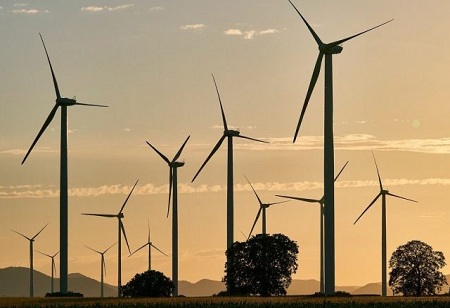According to a government directive, India has set a goal to auction 8 GW of wind generating projects yearly until the end of 2030 to increase the country's capacity for renewable energy. According to government data, India, one of the world's largest emitters of greenhouse gases,
plans to increase the production of renewable energy from its present output of roughly 120 GW to 500 GW by 2030. Previously, the nation had not established a goal for its yearly wind power capacity. The reverse electronic bidding mechanism, in which parties could lower their offers to win contracts at the lowest bid, has also been adjusted. The industry had expressed dissatisfaction about the false price reduction. No longer will bidders be compelled to modify their quoted pricing for the sale of power, a crucial factor in the contract's award.
Instead of the current project-specific tariffs, power produced by the new plants will be sold to buyers at an average pooled price. In 2017, the cost of wind energy in India fell to 2.43 rupees per unit. Although lower tariffs are good for consumers, they have slowed the country's capacity expansion. Out of a total capacity of roughly 410 GW, India only produces 42 GW of power from wind energy.
